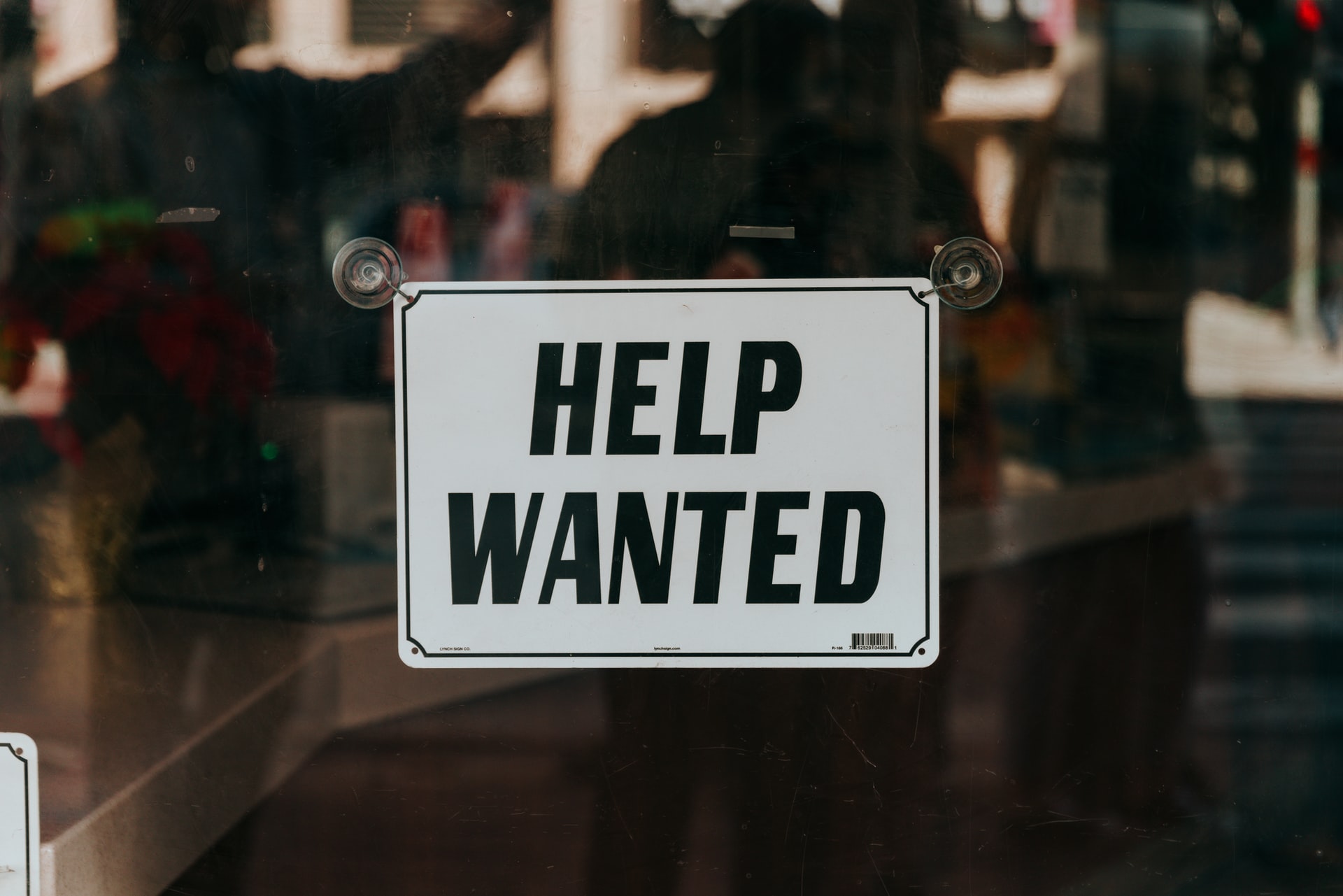The report was good news with even better news between the lines.

There may be good reason longtime Democratic Party analyst and political prognosticator James Carville isn’t overawed by rising inflation and its potential impact on the mid-term election.
“How big of a problem is this for the President?” CNN host Erin Burnett asked Mr. Carville on Thursday, mentioning specifically a CNN poll, “that found two-thirds of all Americans now disapprove of how President Biden specifically is handling the economy.”
“That’s bad,” Burnett told Carville. “On top of that, more than 50% of Democrats think the economy is in poor shape. 81% of independents think the economy is in poor shape. These are bad, no good numbers in the entire thing.”
While admitting the poll is, “a huge problem,” Carville immediately pivoted to the number of jobs created under the Biden Administration.
“A plurality of Americans think no jobs have been created under Joe Biden, and I think in his first 16 months it’s the best opening 16 months of any president since World War II in job creation,” Carville answered.
“We have supply chain issues causing a great deal of grief,” he qualified. “Shanghai is probably the leading port in the world in terms of supply chain. So they have formidable problems but understand we’ve had real good job creation and we have had a real reduction in child poverty.”
“I don’t think people, I think there is an entire picture of an economy here,” Carville told CNN host Erin Burnett on Thursday. “I don’t think people in America are understanding completely where it is. There are bad things, but if we’re making these decisions on the assumption, no jobs created, that’s just not true. Jobs are being created left and right.”
While Carville was lampooned in the conservative press, the just-released April jobs report has plenty to back up his claim- that things are good and getting better and people just haven’t noticed yet. Nor is Carville alone.
When asked recently about diminishing Democratic Party prospects in the upcoming mid-term elections, given the state of the economy, the upward trajectory of inflation and economists warning of a recession in 2023, former President Barack Obama didn’t seem concerned, either.
“We’ve got a story to tell, just got to tell it,” the former President said in response.
The former President and James Carville may have a good point: “The Employment Situation — April 2022,” according the the U.S. Department of Labor Statistics is- as it turns out- much better than a nation digging out from a pandemic has any right to expect.
In the halcyon, pre-pandemic days of February 2020, when the economy was still very strong, overall unemployment was at 3.5% with the number of unemployed persons at 5.7 million.
That’s our baseline.
The April 2022 overall unemployment rate- 3.6%- is very heartening, as is the number of unemployed persons, 5.9 million. In fact, the labor force participation rate- 62.2%- is only 1.2 percentage points below its February 2020 baseline.
We are close and getting closer to pre-pandemic normalcy, in other words. Elsewhere in the report, signs of strong pandemic recovery were everywhere.
Teleworking fell March to April from 10% to 7.7%, a positive sign of recovery. In April, 1.7 million people reported being unable to work due to pandemic closures; down from 2.5 million in March. Another wildly hopeful trend: In March, 874,000 people were prevented from looking for a job due to the pandemic; in April that number fell to 586,000.
Nonfarm payrolls are still down by 1.2 million compared to pre-pandemic levels: But that’s only 0.8%.
By industry, the recovery becomes even more apparent. The Leisure and Hospitality industry is the only real outlier- down 8.5% from pre-pandemic normal- and some industries are stronger than ever.
The Financial Services industry is up 71,000 jobs compared to February 2020. Professional and Business Services is up 738,000 jobs from February 2020. Retail Trade employment is up 284,000 jobs compared to pre-pandemic February 2020. Transportation and Warehousing is 674,000 jobs above February 2020.
Manufacturing employment is still down 0.4%, Healthcare employment is down 1.5% compared to the February 2020 baseline, Wholesale Trade is down 1%; but compared with the losses suffered in Leisure and Hospitality, these are fractional.
The impact of these improvements might take a few months to really be felt by consumers, and it’s sure to be an uncomfortable few months. Once these factors do percolate through the economy, however, the economic recovery may prove swifter than any Democratic Party incumbent dared dream.
And reports of an impending economic recession may prove greatly exaggerated.
(contributing writer, Brooke Bell)